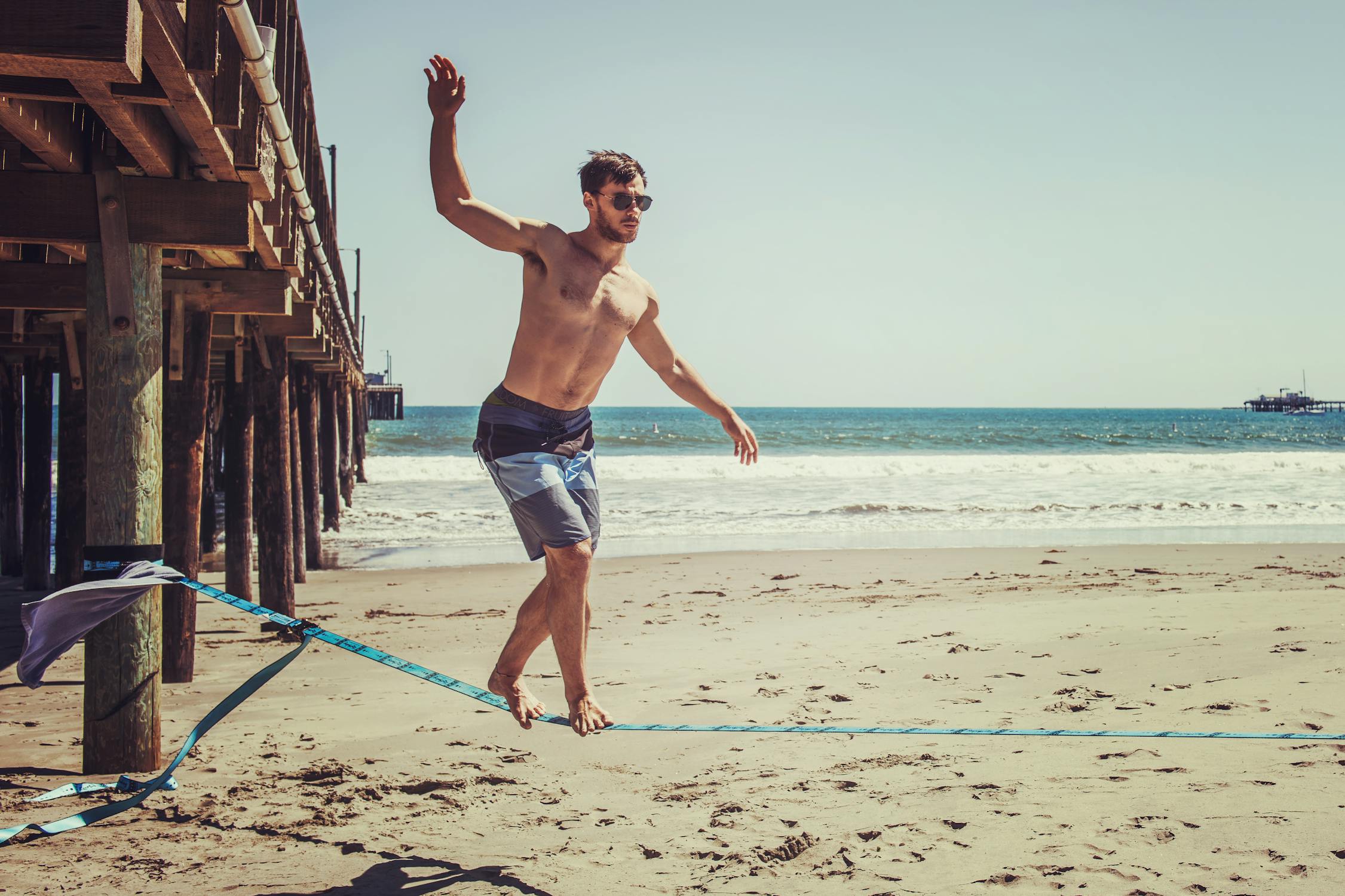Walking on Air: Unveiling the Basics of Waterlining
Waterlining, a thrilling and awe-inspiring activity, blends the serenity of walking with the exhilaration of extreme sports. Imagine traversing a thin line suspended above shimmering waters, balancing your way through breathtaking landscapes. In this article, we delve into the captivating world of waterlining, unveiling its basic principles, equipment, and techniques. Whether you're a beginner or an adrenaline seeker, join us as we explore the fundamentals of waterlining and unlock the key to this extraordinary and gravity-defying experience.
The Essence of Waterlining
At its core, waterlining is an activity that involves walking or balancing on a slackline suspended above water. Similar to slacklining, waterlining requires setting up a line between two anchor points, but with the added thrill of being positioned above a body of water. It combines elements of balance, concentration, and coordination, pushing participants to defy gravity and explore their limits in a refreshing aquatic environment.
Essential Equipment
To embark on a waterlining adventure, you'll need a few key pieces of equipment. The main component is the slackline—a durable, nylon webbing strap designed to provide tension and support. Additionally, you'll require sturdy anchor points, such as trees, poles, or rocks, to secure the slackline. A ratchet system or specialized tensioning device enables you to tighten the line, achieving the desired tension for optimal performance. It's crucial to use reliable carabiners and slings for connecting the slackline to the anchors securely. Lastly, a personal flotation device (PFD) is essential for safety, ensuring buoyancy and providing peace of mind during waterlining sessions.
Foundational Techniques
Developing a solid foundation in waterlining begins with mastering the fundamental techniques. Start by honing your balance on land through slacklining practice. Once comfortable with basic slacklining, progress to waterlining, which presents additional challenges due to the dynamic nature of water. Focus on maintaining a relaxed and stable posture, distributing your weight evenly along the line. Engage your core muscles to aid in balance and control. Step confidently and deliberately, utilizing slow and deliberate movements to counterbalance the forces exerted by the water. As you gain proficiency, experiment with variations such as walking backward, turning, and performing tricks to expand your repertoire.
Safety Considerations
Safety should always be a top priority in waterlining. Prioritize selecting appropriate anchor points, ensuring they are stable and capable of withstanding the forces exerted by the line and your movements. Regularly inspect your equipment, checking for signs of wear and tear. Use a backup line system to provide an added layer of safety and minimize the risk of falling into the water. Wearing a helmet is strongly recommended to protect against potential head injuries. Additionally, always wear a PFD to ensure flotation in case of a fall. Practice waterlining in areas with clear water and no submerged hazards. It's also beneficial to have a spotter or a support person nearby who can assist if needed.
Waterlining presents a unique opportunity to experience the thrill of walking on air, combining balance, focus, and the beauty of aquatic surroundings. By understanding the basics of waterlining, acquiring the necessary equipment, and practicing foundational techniques, you can embark on an incredible journey that defies gravity. Remember, safety is paramount, so approach waterlining with respect, ensuring proper equipment and precautions are in place. So, embrace the challenge, embrace the water, and venture into the mesmerizing world of waterlining where you can walk on air and create unforgettable memories.

